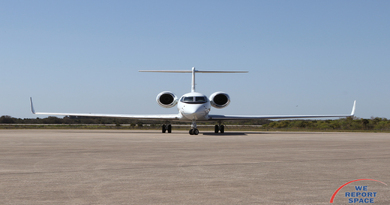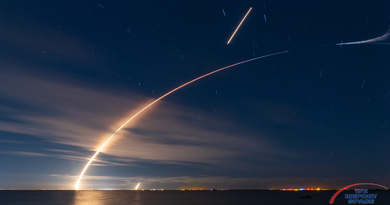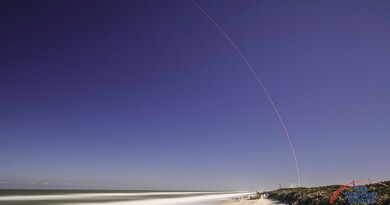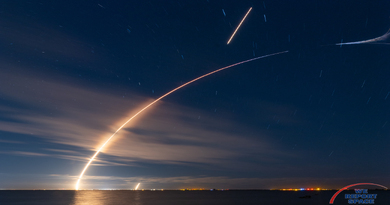Subtropical Ridge Won't Bring Good Weather Until Tuesday
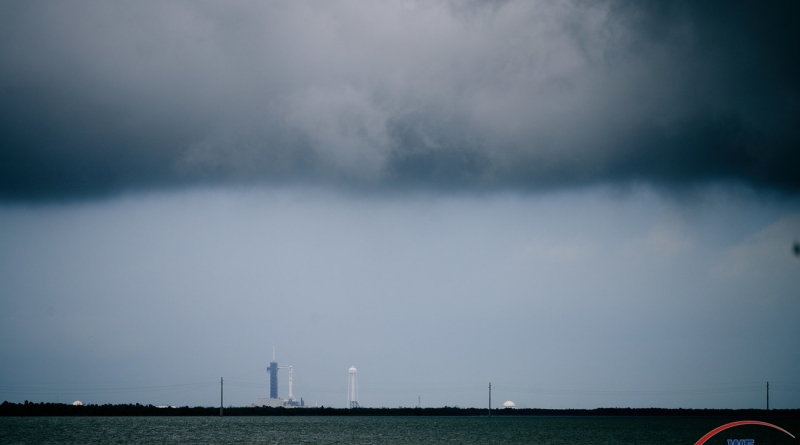
CAPE CANAVERAL: Typically in the summertime, we have a subtropical ridge - a big high-pressure system just off the east coast of Florida. When the ridge is stronger, the more weather it keeps away. The result is the weather being dry and stable in the Space Coast.
Launch Weather Improving by Tuesday
According to the 45th Space Wing Weather Squadron's Captain Jason Fontenot, "That is what we are waiting for. We are waiting for that ridge to build in and get stronger. Unfortunately, there is a frontal boundary that we are expecting to roll through over the couple days (May 29-30) that will push away the high pressure and allow for a little more instability in the weather: rain showers, some thunderstorms, and some cloudiness. That's the biggest threat for Saturday. On Sunday, it is looking like that boundary will start to weaken. You will start to see the high pressure ridge building. By Tuesday or Wednesday, we expect that the high pressure ridge will start building in and make it a little more favorable weather. We are looking a little further out. We are hoping that after this weekend, we will start seeing a favorable trend with the weather."
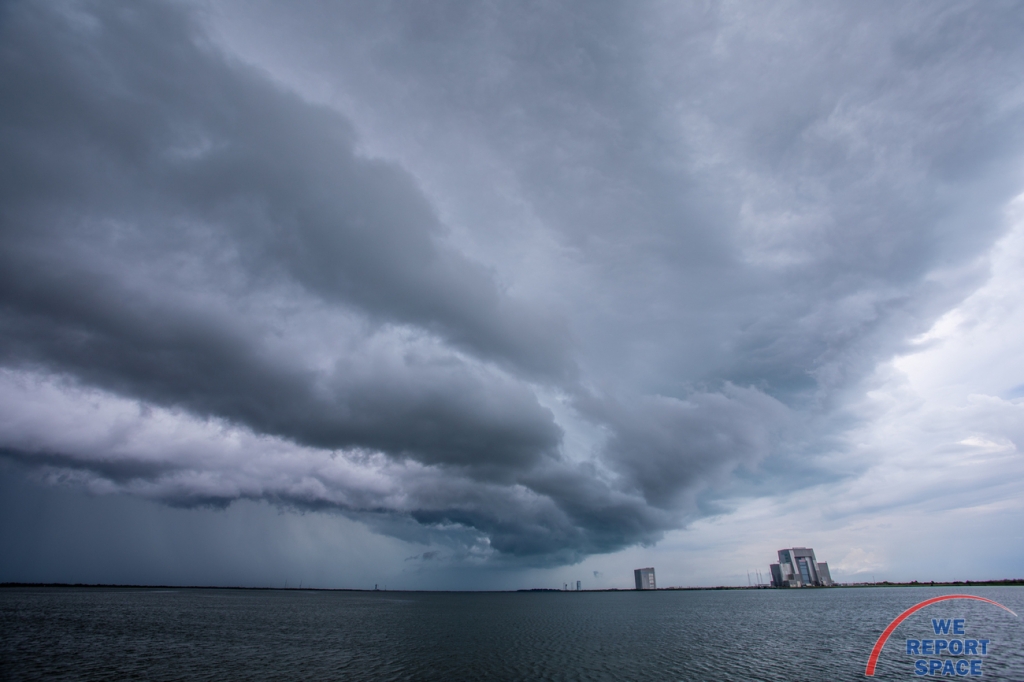
What Happened on May 27?
On the May 27 launch attempt, there were two criteria that we no-go for weather. Fontenot: "Both the Anvil rule and the surface electric field rule. There was a big sheet of clouds overhead at 16:33 local. There was an Anvil cloud that was over us. The anvil was attached to a parent cloud that was to our south. You can have electricity in that anvil, due to the parent cloud. There was a lightning strike just to our south that hard-downed us for 30 minutes. The Field Mills were not decreasing fast enough to get to launch. The No-Go situation lasted until 15 minutes after launch."
Florida summer afternoons are characterized by sudden thunderstorms. Fontenot says, "It is very well known that the middle of the afternoon is not ideal weather-wise for all of these launches. But that doesn't play a factor in the decided launch time. It is all about orbital dynamics and orbital insertion of whatever they are trying to put into space. We have noticed a trend in some customers trying for evening or early morning launches and it does increase the launch-ability because the weather is not as much of a factor. We would like to be launching away from those times where it is not as active, especially on a summer afternoon."
We Report Space asked: "Does NASA ask for input from the Weather Squadron when choosing launch times?"
Fontentot: "We do not provide any input to NASA on launch times."
Natural versus Rocket-Triggered Lightning
Natural lightning is a giant spark of electricity that is caused from the build up of opposite charged particles in towering thunderstorm clouds. Rocket-trigger lightning is also a giant spark of electricity, but does not form naturally in our atmosphere. It only occurs when a rocket fliest through a strong enough atmospheric field.
Rocket-triggered lightning happened during the Atlas-Centaur-67 launch in On March 26, 1987. The vehicle triggered lightning 49 seconds after launch resulting in a guidance failure. Without internal guidance, the Eastern Range triggered the self-destruct sequence. Both the launch vehicle and Navy communication satellite were lost. After that, a Lightning Advisory Panel was created to structure and refine the weather rules.
Above video provided by NASA / APPEL, Master's Forum 18, May 2009.
How does it feel to be in the role to decide if the historic launch can happen?
Fontenot: "It is a pretty surreal experience. I am extremely grateful to be a part of this really big moment in history. Launching astronauts from U.S. soil as part of the commercial crew program - this is the first for this type of launching. It is good to be part of that kind of history. But here at the 45th Weather Squadron, we were excited, but we are doing the exact same thing that we do for every launch. Safety is of the utmost importance. We want to make sure that rockets gets to orbit safely. And also to keep the public on the ground safe from any kind of anomoly that might occur. We are very excited to be part of this event, but we are remaining professional and strict all the time when it comes to evaluating launch weather criteria.
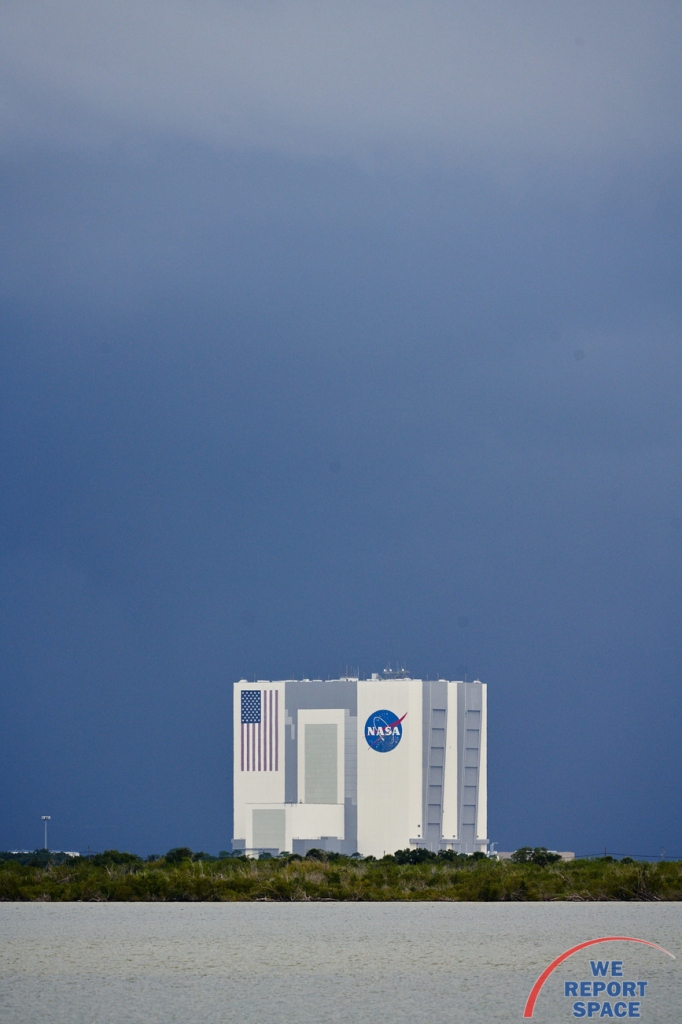
"When we realize it won't launch due to weather, there is nothing we can do about it. We have to pass along the information that even though we aren't in the launch window yet, it is very unlikely that we will take off today. It hurt, especially with how important this launch is. But I would rather not launch and evade any threats to the crew. Scrub to another day when we have a better opportunity. Hopefully we will have a better chance on Saturday.

Stunning, full color photo book covering every east coast launch spanning 2014-2015, including the first-ever powered landing of a SpaceX Falcon 9 rocket.
More Info
